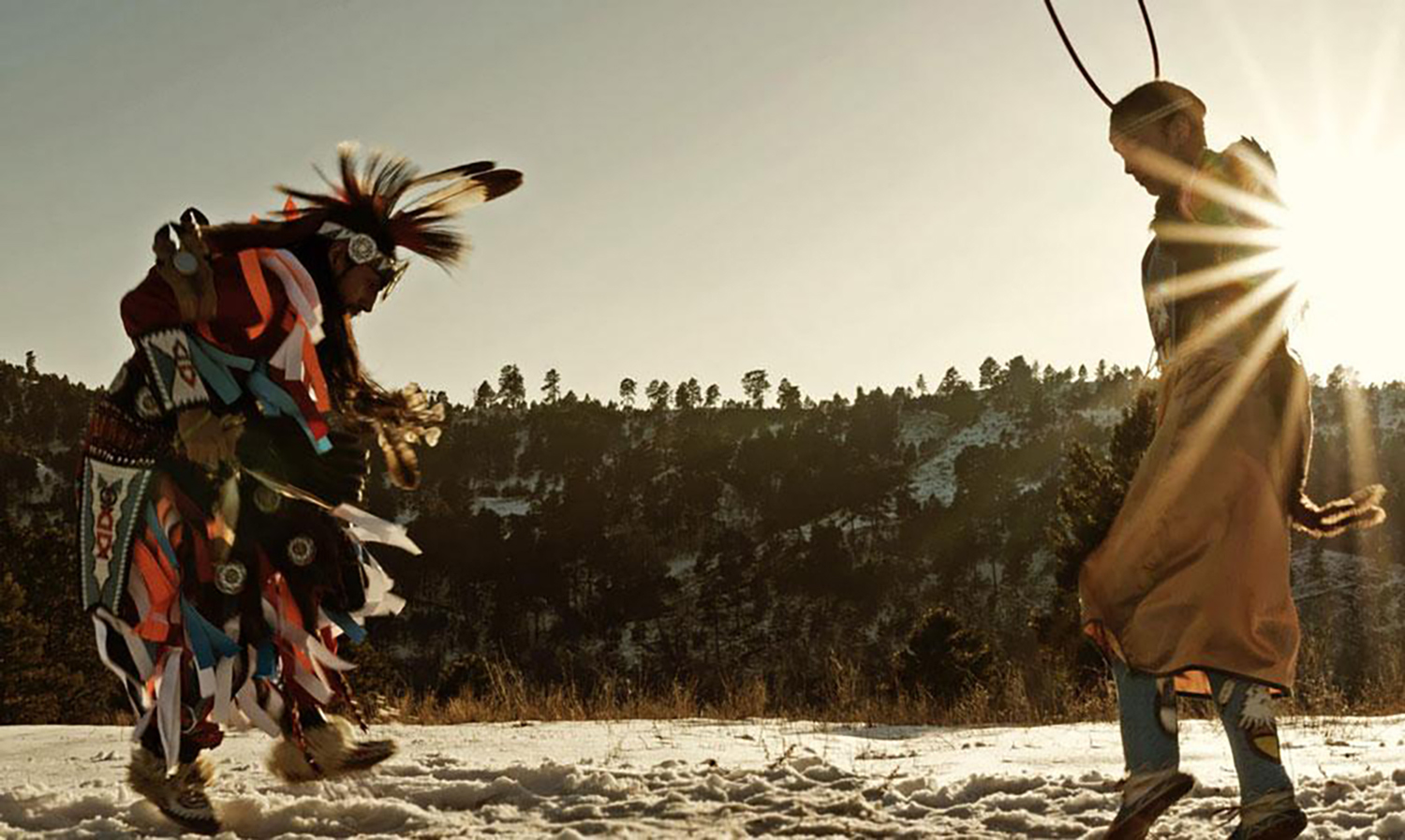
- Film
Docs: “Women of the White Buffalo” Centers Struggle of Lakota People
Tribal sovereignty is the concept of the inherent authority of indigenous tribes within the borders of the United States to govern themselves, while remaining under federal control. If that sounds somewhat confusing and even a little contradictory to international readers, it is a system even more poorly explored and explained in American schooling — even in higher education. This sad fact renders the day-to-day reality of so many Native Americans virtually invisible to hundreds of millions of their fellow citizens.
The documentary Women of the White Buffalo, newly available to VOD, seeks to help change that by unpacking this system in all its considerable thorniness. Examining a centuries-long history of genocide and colonialism, as well as the many challenges facing its present-day subjects, the movie connects as a cry for justice and equity too long delayed.
Directed by Deborah Anderson, the film centers on the story of the Lakota people, a Native American tribe living largely on the Pine Ridge and Rosebud Indian Reservations in South Dakota. A proud, ancient, and largely matriarchal society, the group has been undone by hundreds of years of subjugation and broken promises that have combined to uproot, erode, and erase much of their language and culture. This has resulted in sabotaged and isolated communities that find themselves caught up in an existential struggle to save what remains of their sacred identity.
Narrated by Rita Coolidge, Women of the White Buffalo boasts an impressive rolodex of backers (executive producers include Julian Lennon, Eve Ensler, Keely Shaye Brosnan, and U2 guitarist The Edge) who obviously feel passionate about its message, and amplification. As the title suggests, Anderson focuses her attention mostly on women, using their stories of loss and survival as a lens through which to assay all these broader problems and issues.
Gripping historical accounts (including a heartrending chronicling of the Carlisle Industrial Indian School, government-run boarding institutions which stripped Native Americans of their heritage and identity) shine a light on cruel systems of European-American control, oppression and, yes, eradication. From first contact with whites in 1492 to the beginning of the 21st century, an estimated Native American population of 80 million was reduced by 90 percent. Anderson connects this brutal, unforgivable past to unsettling present-day policies and conditions, which then have a disproportionate impact on Native American populations in the form of much-higher-than-average rates of sexual abuse, teen suicide, drug and alcohol addiction, and unemployment.
The film’s technical package assists and underscores its elegiac tone. It is attractively photographed (Miguel Rama Torres takes director of photography, aerial photography and co-cinematographer credits, the latter shared alongside Kumiko Hayashi), and composer Jennie Muskett contributes an original score which nicely folds in elements of traditional Lakota music.
Women of the White Buffalo is not necessarily prescriptive, and its editing, by director Anderson (with assistance from Charles Lopez) can sometimes feel a bit lost in the weeds. The legal loopholes that prevent sovereign tribes from pressing their own criminal charges against non-natives, foundational to so much Native American suffering, isn’t mentioned until 40 minutes into the movie. And the broken 1851 and 1868 treaties between Sioux Nation and the United States government is forthrightly conveyed, but perhaps less specifically explicated than they could be.
Instead, the film works best and lands its most robust emotional blows as a curated series of heartbreaking testimonials. These engaging, openhearted interview subjects include: Delacina Chief Eagle, a tribal law student and hoop dancer with a dark and difficult adolescence; Carol Faith Iron Rope-Herrera, a community elder and Lakota Nation KILI radio presenter; SunRose IronShell, a teacher who laments the divorce from a greater shared Lakota identity amongst her students; Danielle Conroy, a Pine Ridge police officer who struggles with what she describes as an epidemic of endless public drunkenness which pulls resources away from more serious crimes; and “Mothers Against Meth” founder Julie Richards, who agitates against drug peddlers in her community.
In the end, what most recommends Women of the White Buffalo, though, is its low-key spirituality. Anderson does a good job showing the cyclical nature of poverty and social struggle, and the relationship between systemic oppression and the outsized pernicious influences of many ills with which many communities struggle. But her remarkable subjects, dignified and unbowed, all preach or adhere in some form to the power of looking inward, and finding a strength in oneself that is bolstered by the traditions, customs, and wisdom of generations that have come before them.

